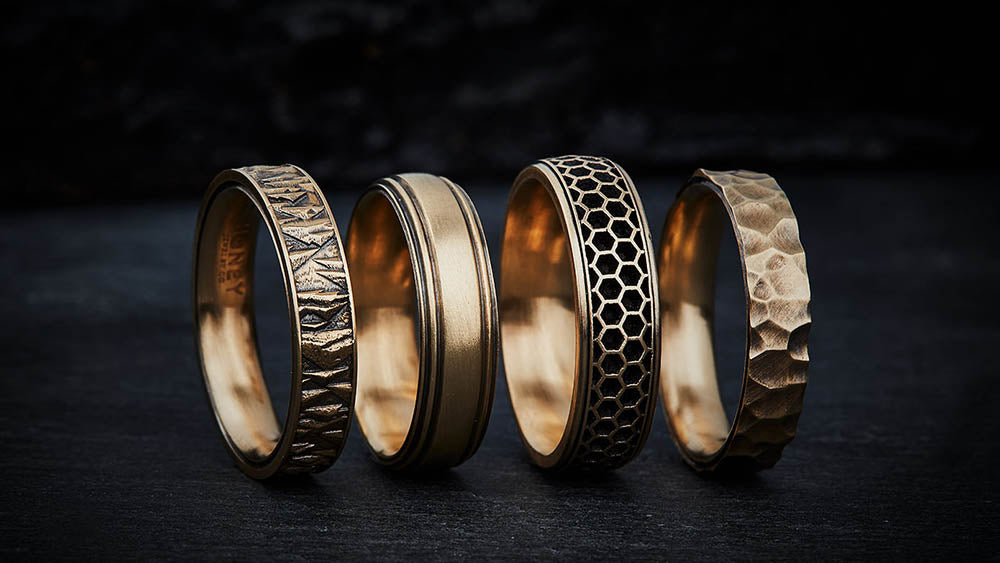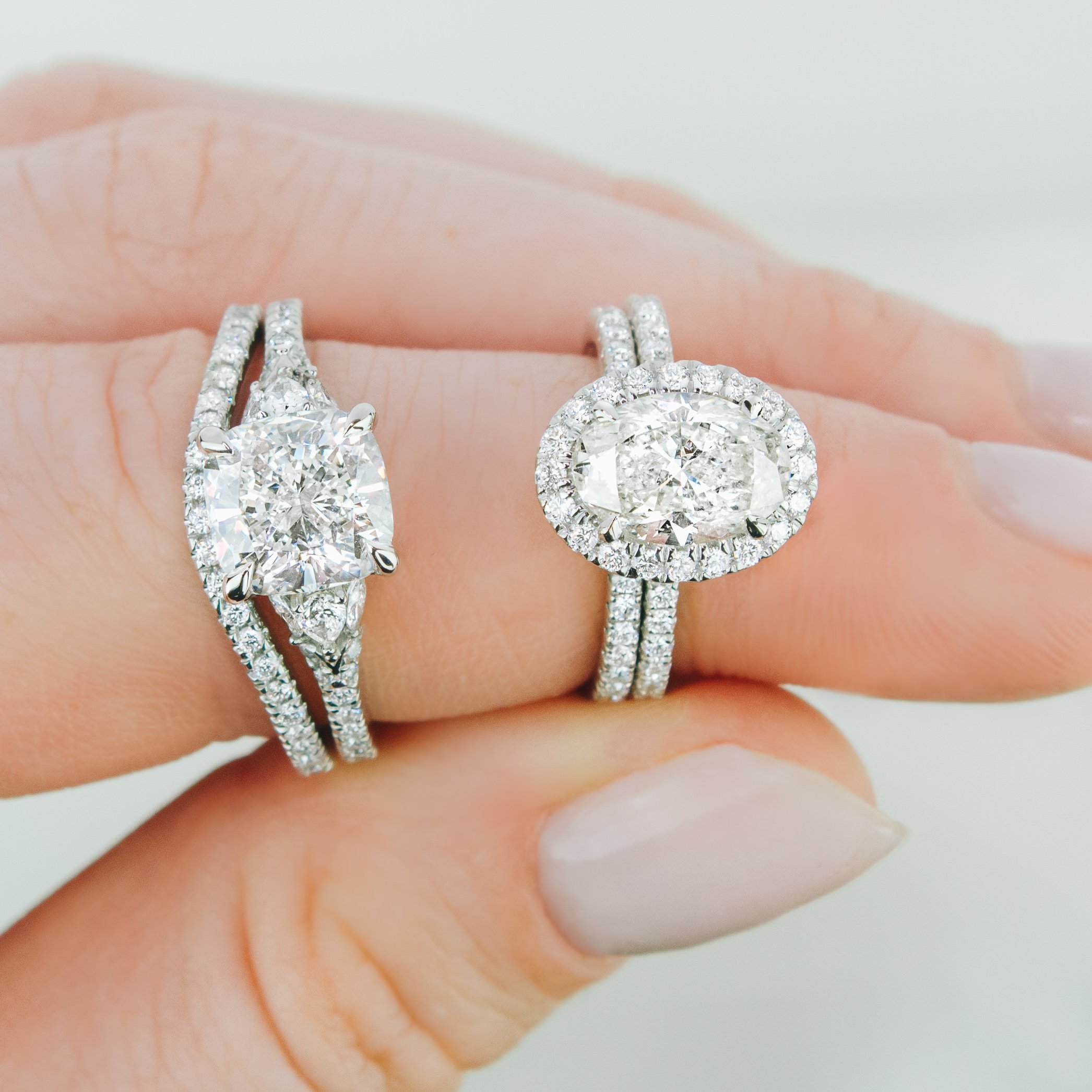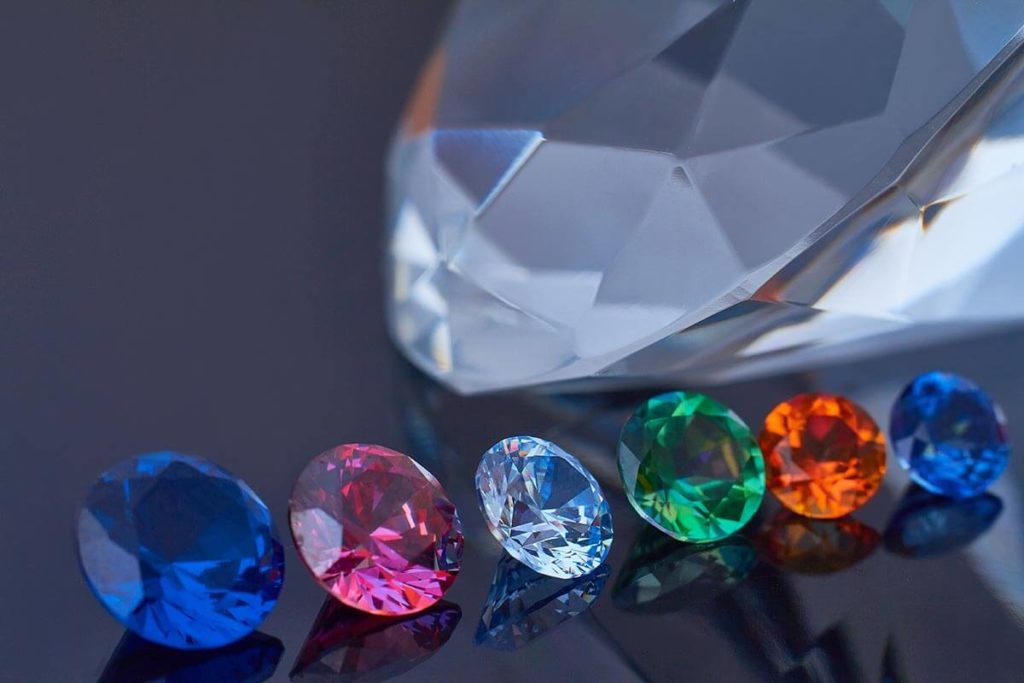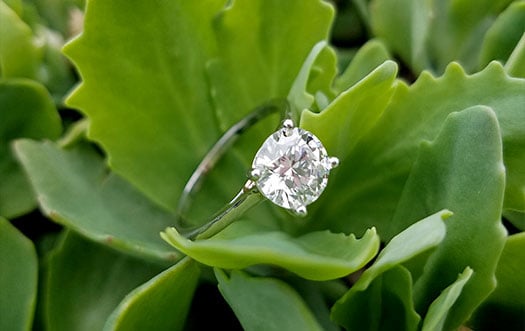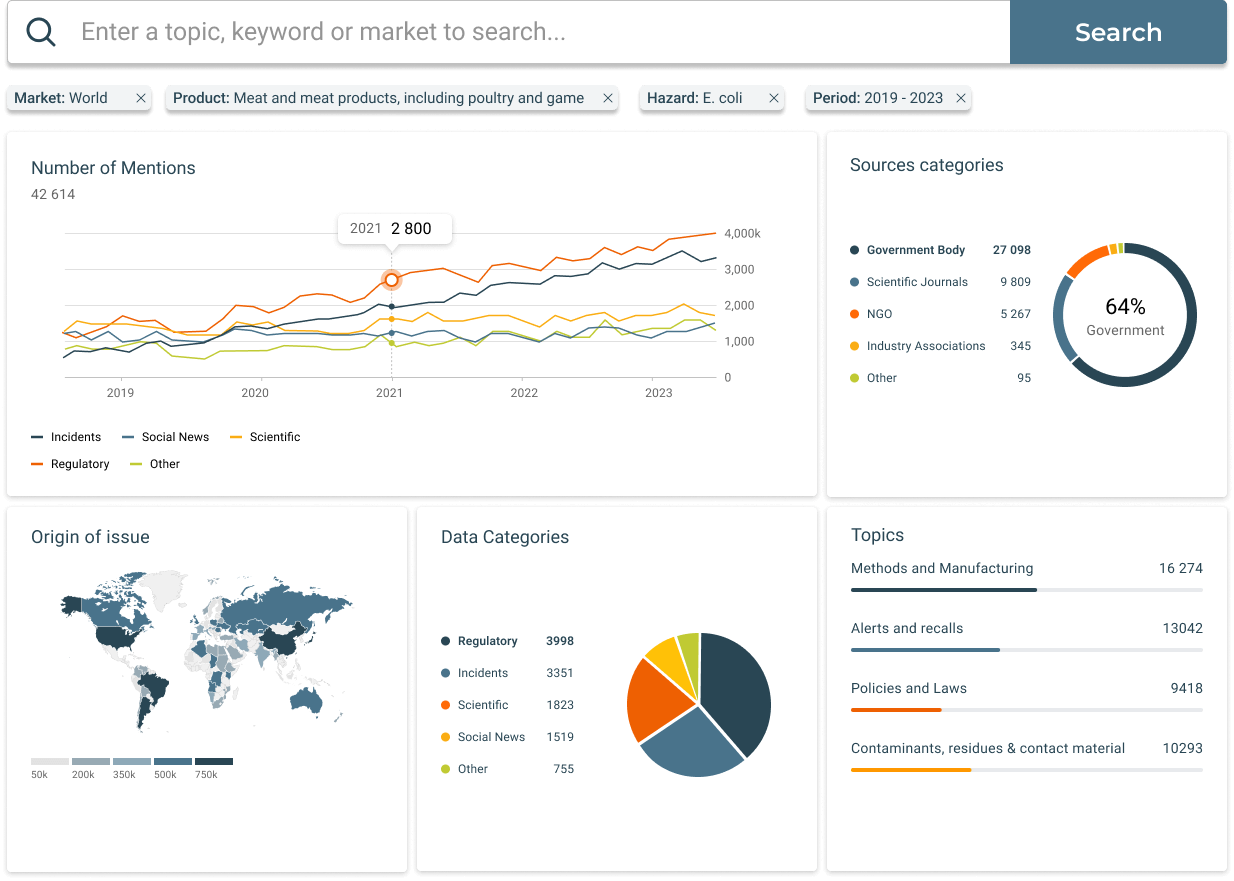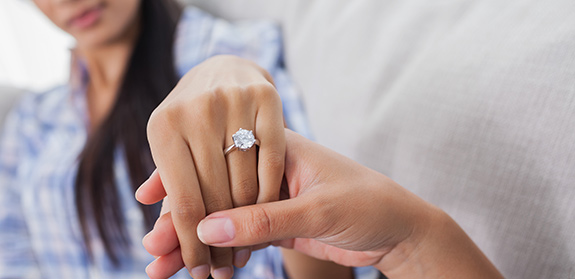
Table of Contents
Diamond Size Matters
Diamonds, those dazzling gems coveted by many, have captivated hearts for centuries. But amidst their brilliance and allure, one factor often stands out above all others: size. Yes, when it comes to diamonds, size truly does matter. In this article, we’ll delve into the intricacies of diamond size, exploring its significance, impact, and considerations when choosing the perfect sparkler.
Understanding Diamond Size
When we talk about the size of a diamond, we’re typically referring to its carat weight. Carat is the unit of measurement specifically used for diamonds, with one carat equivalent to 200 milligrams. However, size isn’t solely determined by carat weight; dimensions play a crucial role too. A well-proportioned diamond may appear larger than another of the same weight but with less favorable proportions.
Impact on Appearance
The size of a diamond significantly influences its appearance. Larger diamonds tend to catch the eye more readily, exuding a sense of grandeur and luxury. However, size isn’t just about impressing others; it’s also about how the diamond looks on your finger. A larger stone can provide better finger coverage, creating a more substantial and visually striking presence.
Budget Considerations
While bigger may seem better, it’s essential to consider your budget when selecting a diamond size. Larger diamonds typically command higher prices, especially if they’re of high quality. Balancing size with other factors like cut, color, and clarity can help you find a diamond that fits both your preferences and your budget. Alternatively, you may explore alternatives to large diamonds, such as opting for a smaller stone with excellent brilliance or considering lab-grown diamonds.
Social Significance
Beyond mere aesthetics, the size of a diamond carries social significance. In many cultures, a larger diamond symbolizes wealth, status, and commitment. The size of an engagement ring, for example, diamond size matters, can convey a message not just about love but also about social standing. Understanding these cultural perceptions can help you navigate the complexities of diamond size selection.
Choosing the Right Size
Ultimately, the right diamond size is a personal choice. Consider your own preferences, lifestyle, and values when making your decision. Do you prefer understated elegance or bold statements? Will you be wearing your diamond daily, or only on special occasions? By aligning your choice with your personal style and practical considerations, you can ensure that your diamond reflects who you are.
Diamond Cuts and Size
The cut of a diamond plays a crucial role in maximizing its size and brilliance. Certain cuts, like the round brilliant, are known for their ability to maximize light performance, making the diamond appear larger and more dazzling. Other cuts, such as the marquise or pear shape, can also create the illusion of size by elongating the stone.
Engagement Rings and Diamond Size
When it comes to engagement rings, diamond size often takes center stage. Trends in ring designs may influence your choice, with some favoring classic solitaire settings to showcase a larger diamond, while others opt for intricate halo designs to enhance the appearance of a smaller center stone. Customization options allow you to create a ring that perfectly suits your style and preferences.
Beyond Engagement Rings
While engagement rings may be the most common context for diamond size discussions, diamonds adorn a wide array of jewelry pieces. From earrings to pendants to bracelets, the size of the diamond can vary depending on the piece’s design and intended purpose. Consider the occasion and your personal style when selecting the right size diamond for non-engagement jewelry.
Perception vs. Reality
In the world of diamonds, perception often diverges from reality. Marketing tactics may lead us to believe that bigger is always better, but the truth is more nuanced. Understanding diamond grading and the factors that contribute to a diamond’s beauty can help you make informed decisions rather than relying solely on size.
Ethical Considerations
In addition to aesthetics and budget, ethical considerations are increasingly influencing diamond purchasing decisions. Consumers are seeking assurances that their diamonds are sourced ethically and sustainably, free from conflict and exploitation. Working with trusted jewelers who adhere to strict ethical standards can provide peace of mind when selecting a diamond.
Practical Tips for Buying
When buying a diamond, whether for an engagement ring or another piece of jewelry, man made diamonds, it’s essential to do your homework. Work with reputable jewelers who prioritize transparency and quality assurance. Insist on proper certification and documentation to verify the diamond’s authenticity and characteristics.
Maintaining and Caring
Once you’ve chosen the perfect diamond, proper maintenance and care are crucial to preserving its beauty and value. Regular cleaning and professional inspections can help prevent damage and ensure that your diamond continues to sparkle for years to come.
Future Trends
As technology advances and consumer preferences evolve, the landscape of diamond size and selection may also change. Keep an eye on emerging trends and innovations in the diamond industry to stay ahead of the curve and make informed choices about your diamond purchases.
Conclusion
In the world of diamonds, size holds significant sway. From the visual impact to the social symbolism, the size of a diamond can influence both perception and reality. By understanding the nuances of diamond size and considering factors like budget, personal style, and ethical concerns, you can find the perfect diamond that not only dazzles but also reflects your values and aspirations.

